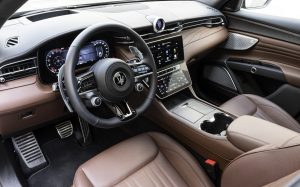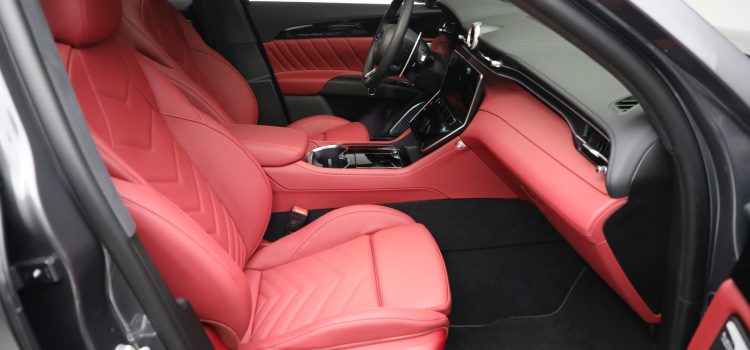
In the ever-evolving landscape of automotive technology, the dashboard has become more than just a control center for vehicles. It’s a canvas for innovation, blending cutting-edge technology with user-friendly interfaces to create an immersive driving experience. Stellantis, BlackBerry, and Amazon are at the forefront of this revolution, collaborating to redefine the dashboard through the Virtual Cockpit.
Evolution of the Dashboard
Gone are the days when dashboards merely housed speedometers and fuel gauges. Today, they integrate infotainment systems, navigation tools, connectivity features, and advanced driver-assistance systems (ADAS). The future, however, promises an even more holistic approach, transforming the dashboard into a unified hub of connectivity, functionality, and personalization.
Stellantis’s Visionary Approach
Stellantis, one of the world’s leading automotive groups, has been pushing boundaries with its forward-thinking approach to vehicle technology. With a vision centered on connectivity and user experience, their collaboration with BlackBerry and Amazon aims to revolutionize the dashboard.
BlackBerry’s Contribution to Secure Connectivity
BlackBerry, renowned for its expertise in secure communications, plays a pivotal role in this collaboration. Their expertise ensures that the connectivity and data exchange within the Virtual Cockpit are fortified against potential cyber threats. This assurance of security is fundamental in an era where vehicles are becoming increasingly connected.
Amazon’s Integration with Alexa
Amazon brings its renowned voice assistant, Alexa, into the driving experience through the Virtual Cockpit. This integration allows drivers to seamlessly interact with their vehicles using voice commands, accessing a myriad of features and services without compromising safety.
Unveiling the Virtual Cockpit
The amalgamation of these three giants results in the Virtual Cockpit, a dashboard that transcends conventional expectations. It operates as a digital ecosystem, offering a seamless fusion of entertainment, productivity, and safety.
Personalization and User Experience
The Virtual Cockpit is designed to adapt to individual preferences. Customizable interfaces enable drivers to tailor their dashboard according to their needs, from layout configurations to preferred apps and services.
Enhanced Connectivity and Navigation
Connectivity lies at the heart of this innovation. The dashboard serves as a hub that seamlessly integrates with other smart devices, ensuring a continuous flow of information. Moreover, enhanced navigation systems provide real-time updates, optimizing routes based on traffic, weather, and other dynamic factors.
Safety and ADAS Integration
Safety remains paramount. Advanced Driver-Assistance Systems (ADAS) are seamlessly integrated into the dashboard, providing real-time alerts and assistance to enhance driver safety. Furthermore, BlackBerry’s security measures fortify these systems against potential cyber threats.
The Impact on Future Mobility
The implications of this collaboration extend far beyond the confines of the dashboard. The Virtual Cockpit sets a precedent for future automotive technology, laying the groundwork for increasingly connected, secure, and personalized driving experiences.

Conclusion
As Stellantis, BlackBerry, and Amazon converge their expertise, the future of automotive dashboards emerges as a testament to innovation and collaboration. The Virtual Cockpit represents a paradigm shift, transforming the dashboard from a mere control panel to an intuitive, interconnected ecosystem tailored to the needs of modern drivers. In this digital age, the road ahead looks more exciting than ever, promising a driving experience that seamlessly integrates technology, safety, and personalization. The convergence of these industry giants signifies a pivotal moment, shaping the trajectory of automotive innovation. The journey towards the future dashboard has only just begun, and with this collaboration, the possibilities seem limitless.










